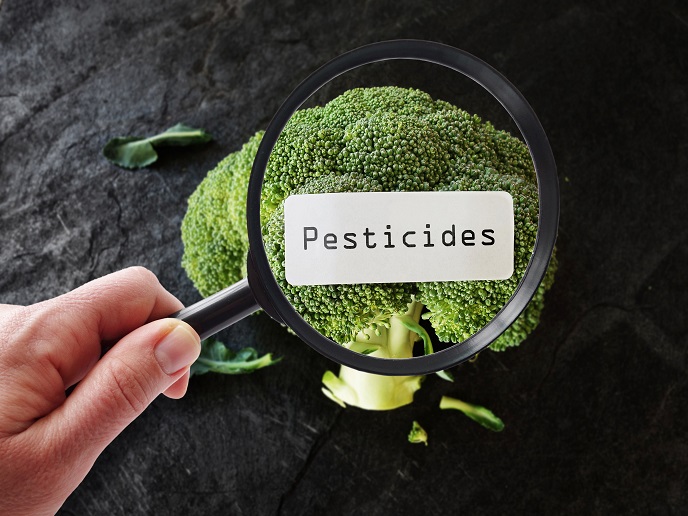Tackling the pesky problem of pesticides
Increased agricultural production and pesticides have always gone hand in hand, but at what cost to the ecosystem and human health? The EU-funded SPRINT project will be shedding light on this issue on 27 September 2023 at the Science Summit to be held at the 78th United Nations General Assembly in New York. At the summit, the SPRINT team will present the initial results of a monitoring campaign carried out during the 2021 growing season. The results are based on analyses of around 600 soil, plant, surface water, sediment, air and indoor dust samples, as well as urine and faecal samples taken from about 700 people across Europe and Argentina. SPRINT is focusing on over 200 active substances of synthetic pesticides and their metabolites found in products that are either approved, considered substitute candidates or banned in the EU.
Pesticides everywhere
A news item posted on ‘Phys.org’ lists some key findings from the monitoring campaign. Pesticide residue mixtures have been detected across all ecosystems and humans, with residues detected in more than 90 % of the human urine and faecal samples. As regards the effects of pesticide residues on the environment, an estimated 38 % of Europe’s surface water bodies exceed the benchmarks for drinking water quality. Additionally, 96 % of conventional farming soil samples contain pesticide mixtures, while organic farming soil samples do not fare much better, with 79 % of them also containing mixtures. Of the crops containing pesticide mixtures, over 40 % have as many as 20 residues per sample. Although ecosystems connected to organic farms have fewer residues, the mixtures consist of mostly banned pesticides from past applications. Interestingly, the highest accumulation of pesticide residues was found in the indoor dust of farmhouses, with conventional farmhouses having up to 121 different residues per sample and organic farmhouses more than 80. What is even more worrying is that over 30 % of the residues found in indoor dust are carcinogenic, and more than 60 % of them may affect reproduction. “Our research has shown just how widespread these pesticide residues are in our homes, bodies and ecosystems,” states Prof. Dr Violette Geissen of SPRINT project coordinator Wageningen University, the Netherlands. “Based on our results, we propose a new risk indicator system to account for the frequency and levels of pesticide use that can be included in future regulations.”
Expanding public involvement
SPRINT has also investigated the role of public consultations concerning the EU’s Farm to Fork Strategy in decision-making on future agricultural pesticide use. As shown in the study, those in favour of reducing pesticides emphasise planetary and human health and the fact that alternatives already exist, arguing that resistance to change stems from a lack of political will. Those against restricting pesticide use focus on food security and the lack of viable alternatives. Study lead author Dr Ana Frelih-Larsen of SPRINT (SUSTAINABLE PLANT PROTECTION TRANSITION: A GLOBAL HEALTH APPROACH) project partner Ecologic Institute, Germany, observes in the project’s newsletter “that a single public consultation is unlikely to result in democratic decision making. Going forward, we recommend that other, more deliberative approaches such as citizen juries may be more useful when seeking legitimate solutions to difficult challenges such as the future of pesticide use.” For more information, please see: SPRINT project website
Keywords
SPRINT, pesticide, residue, pesticide residue, ecosystem, farmhouses



